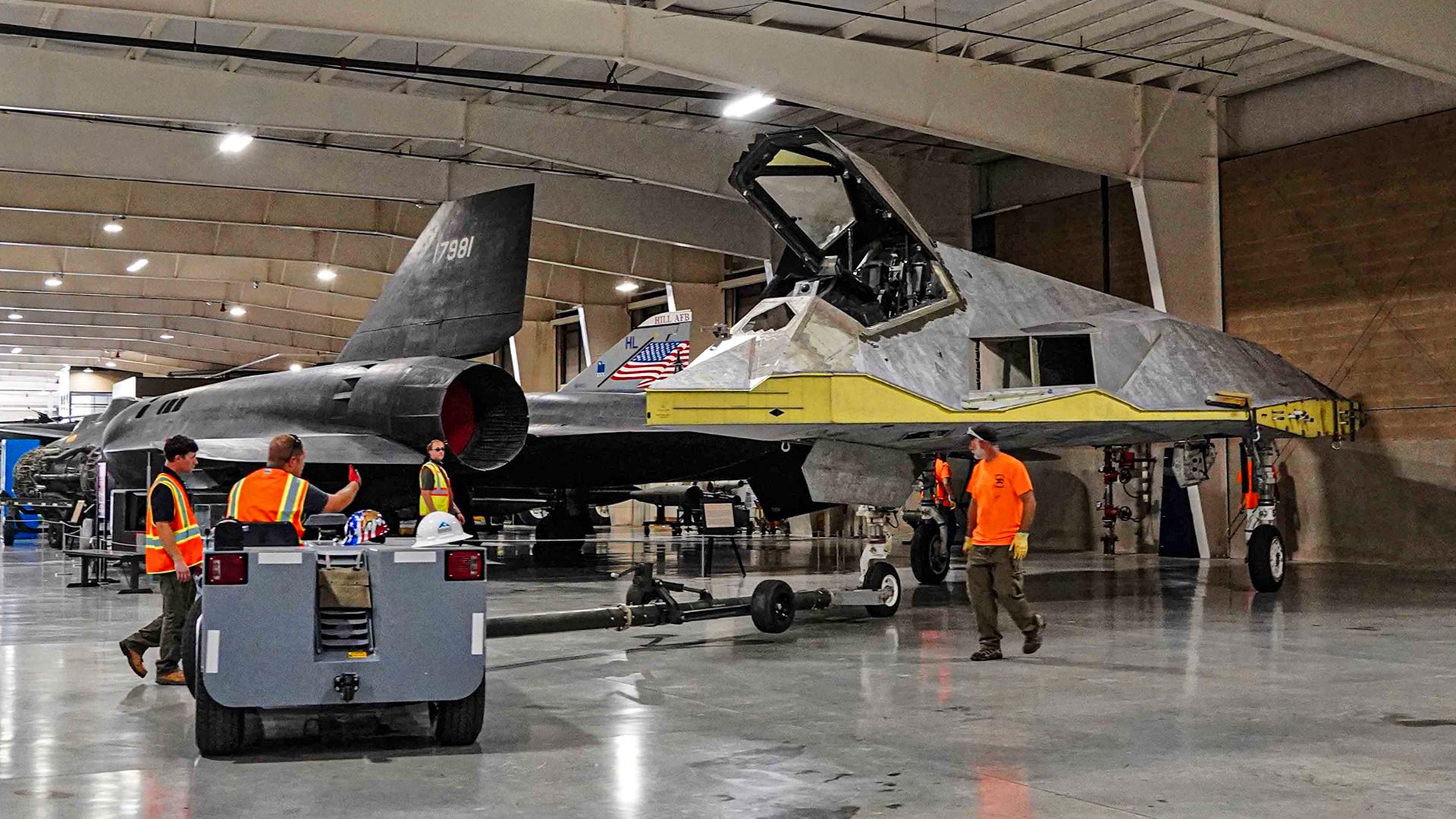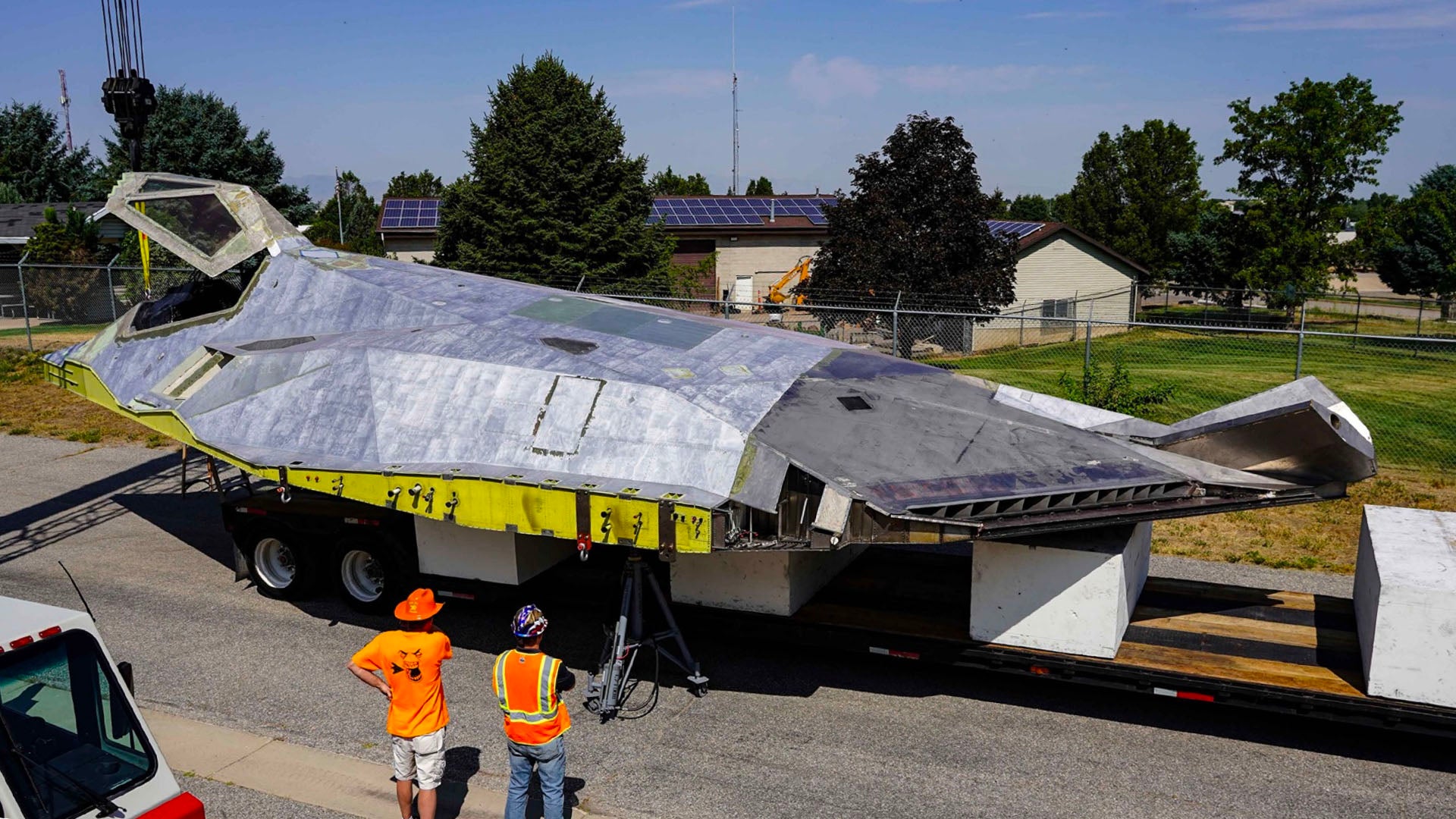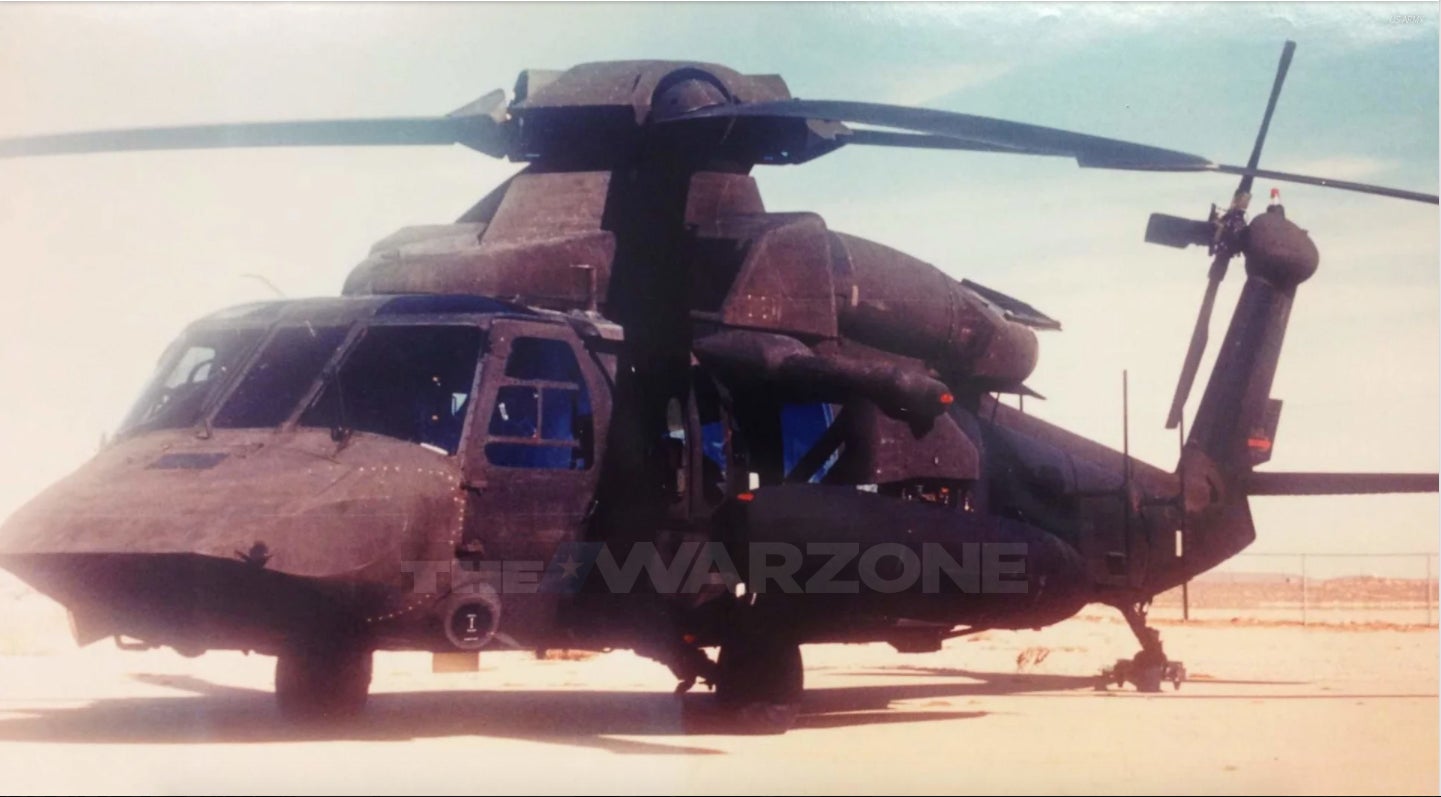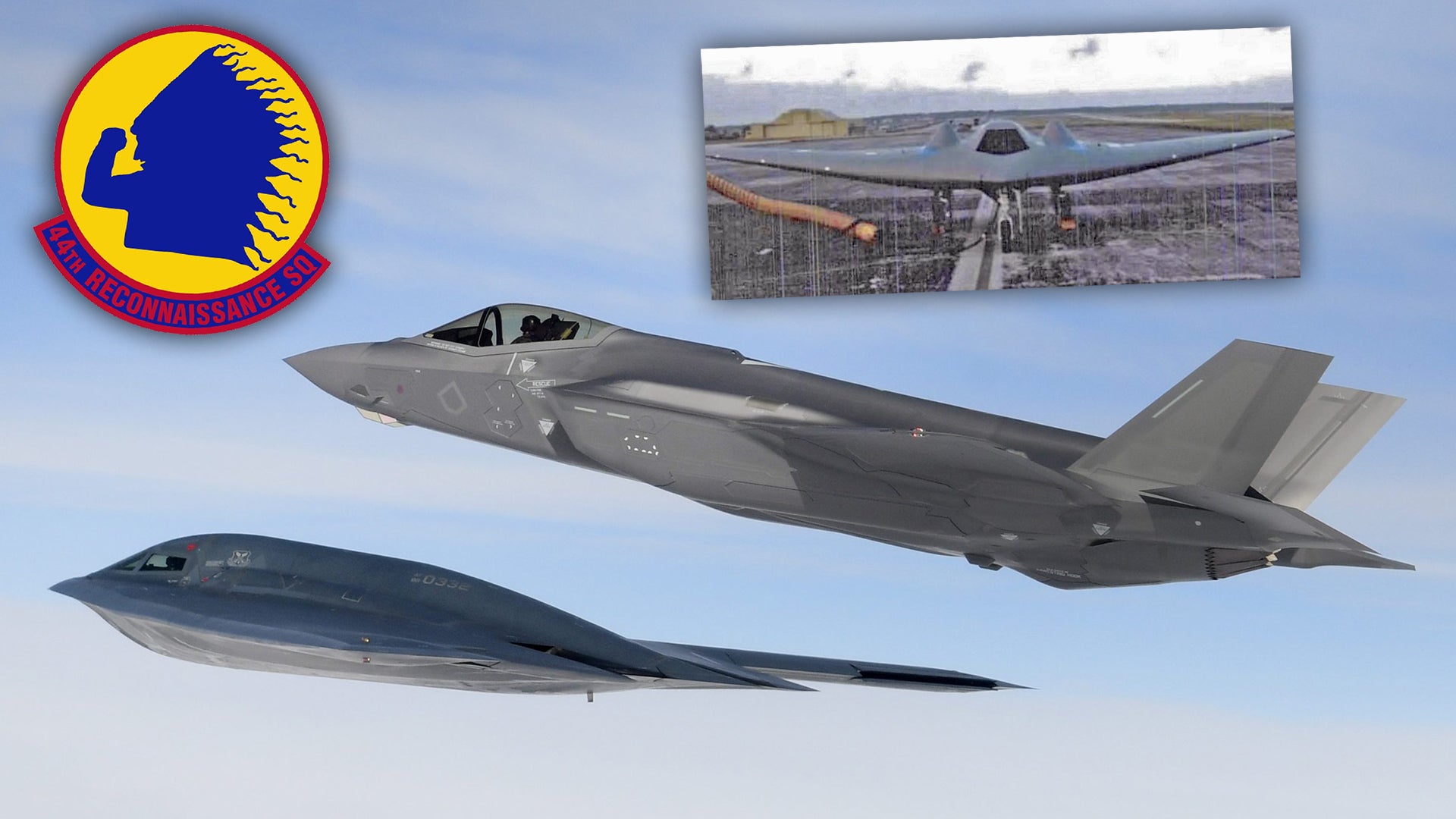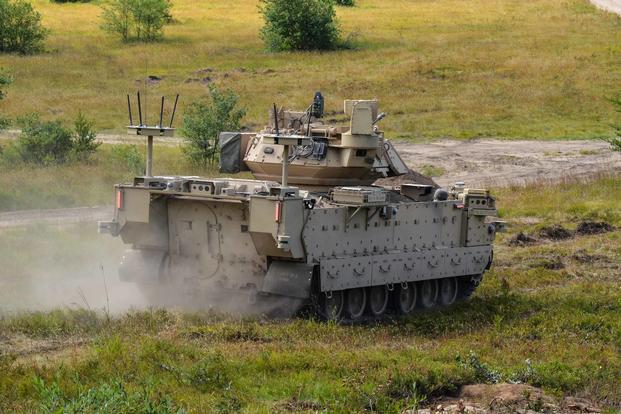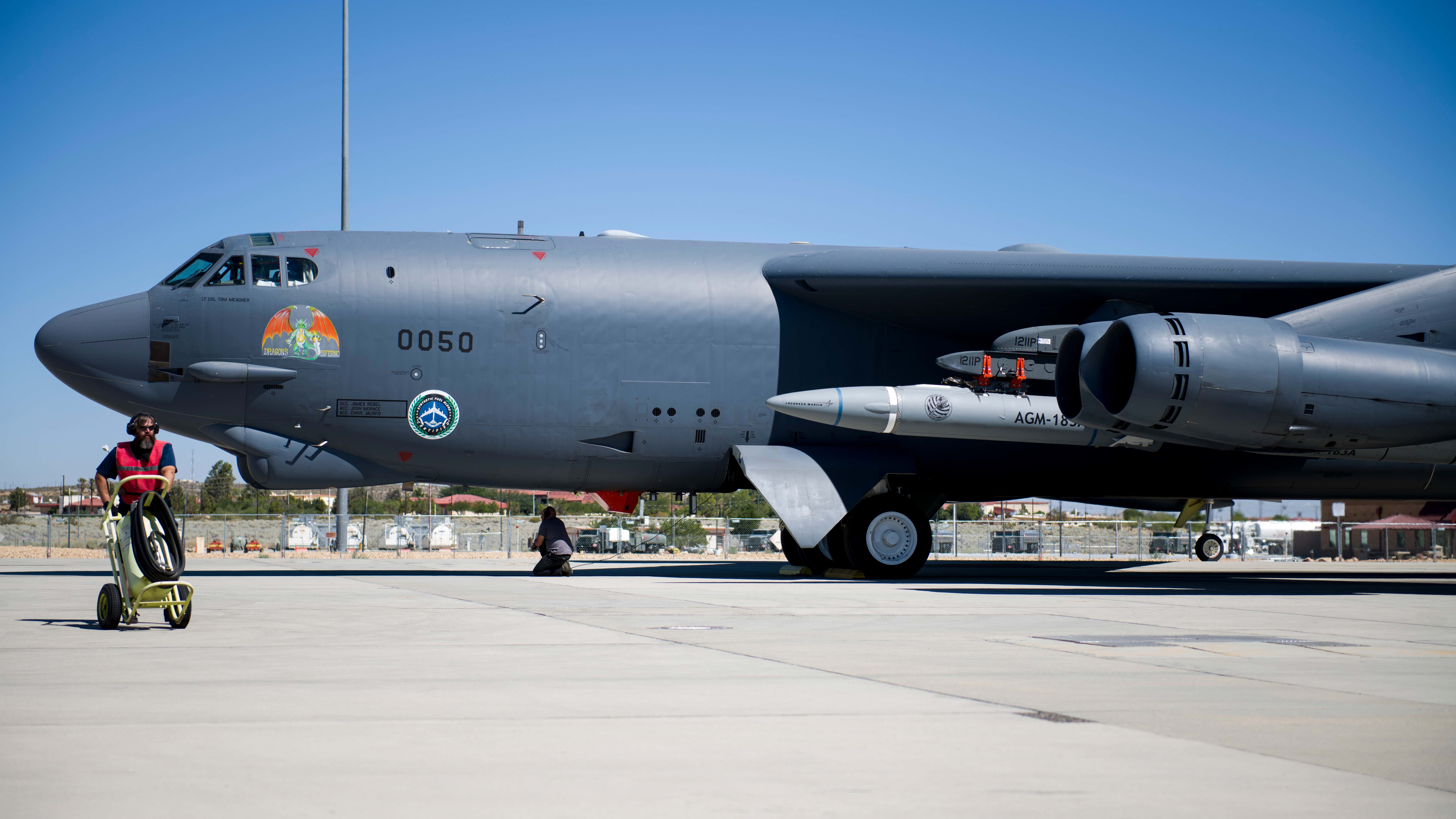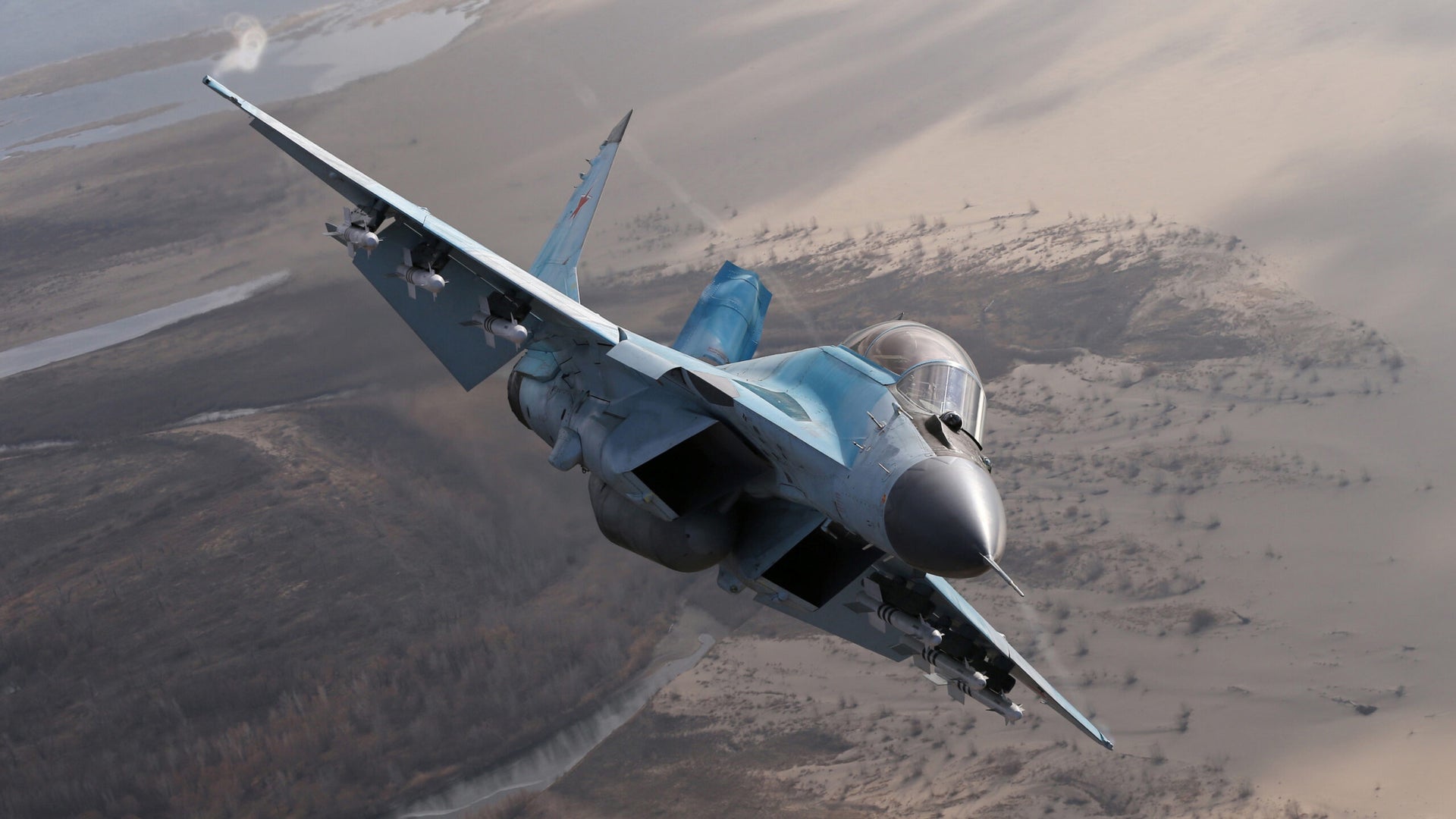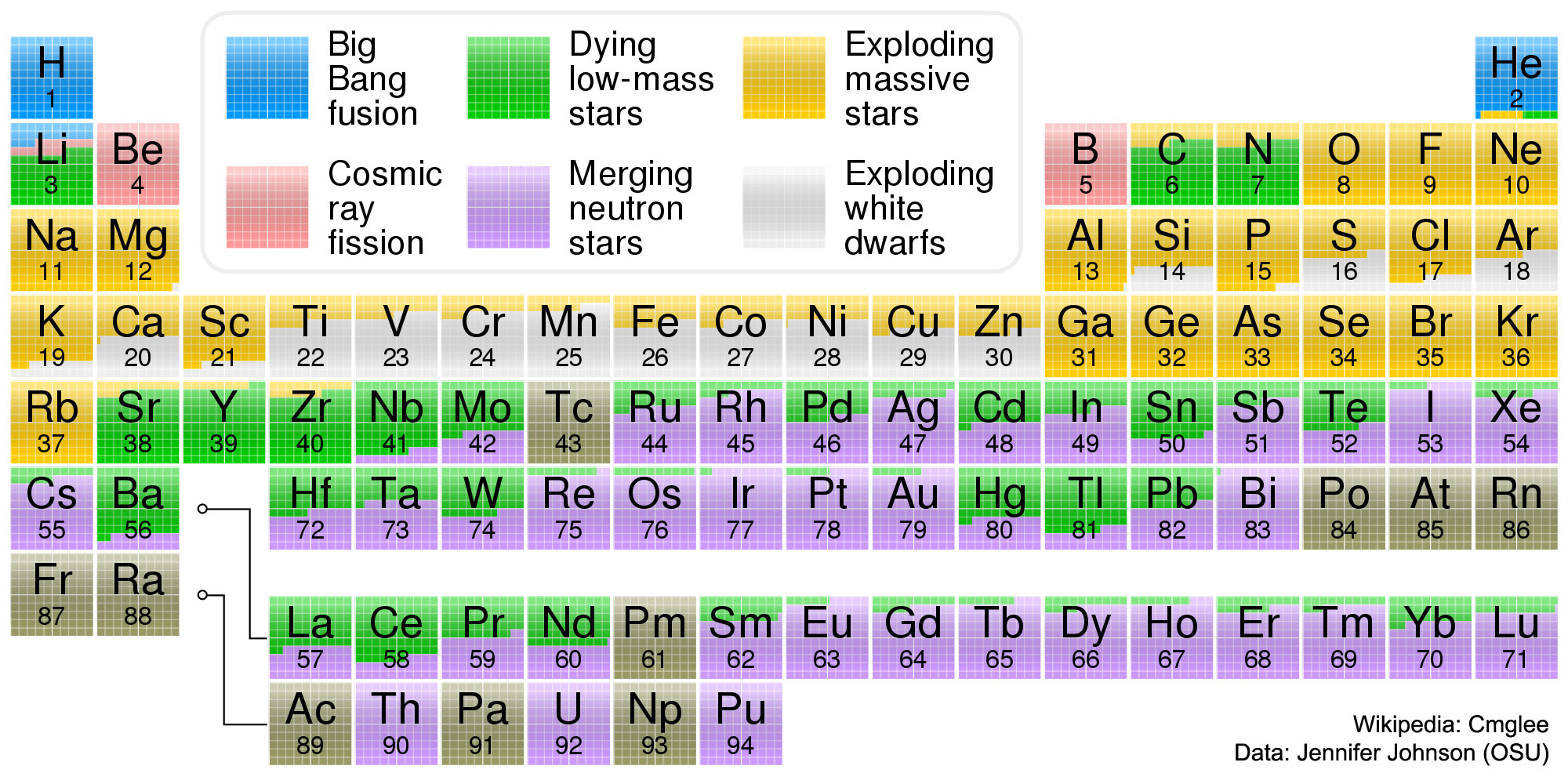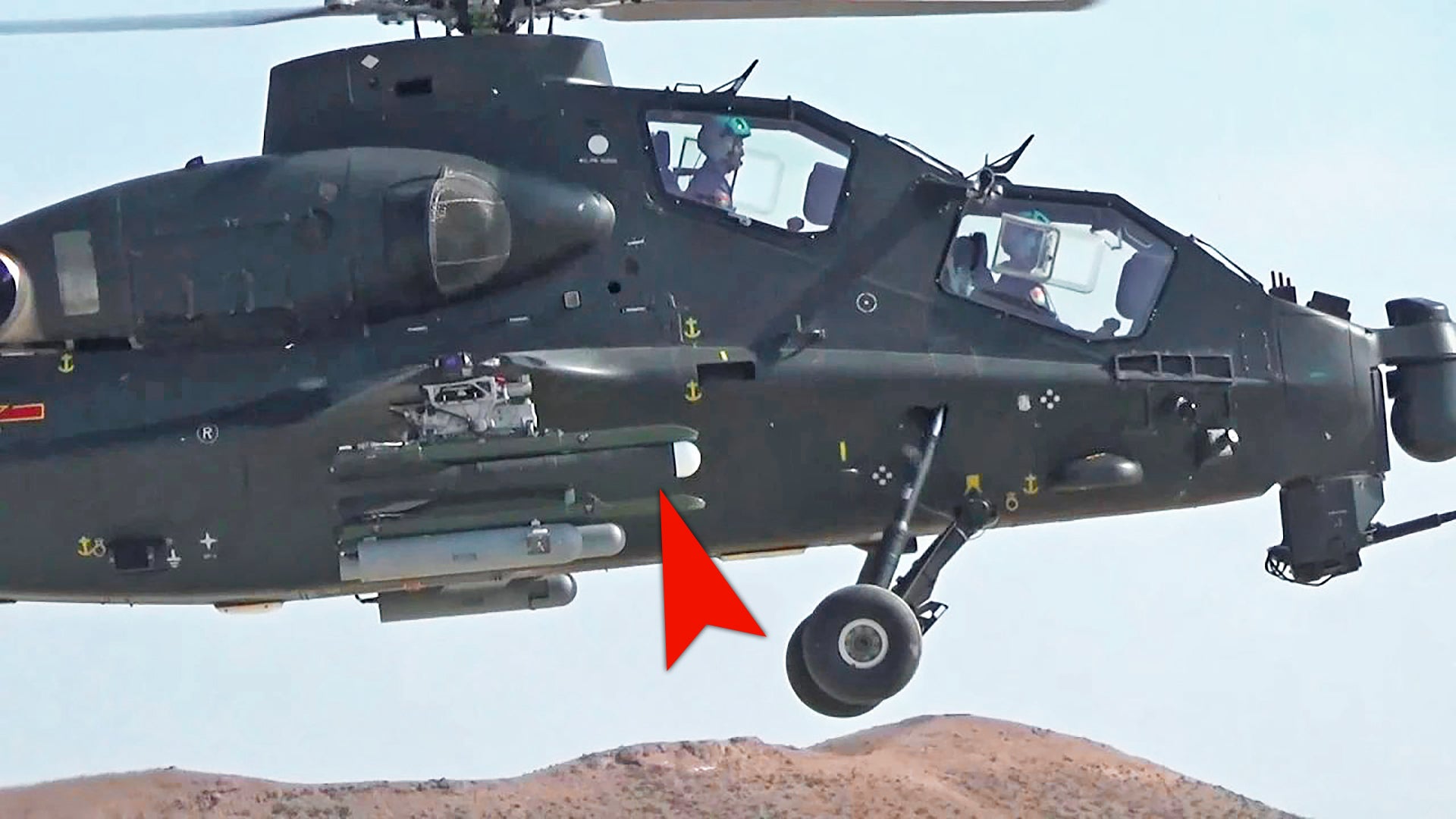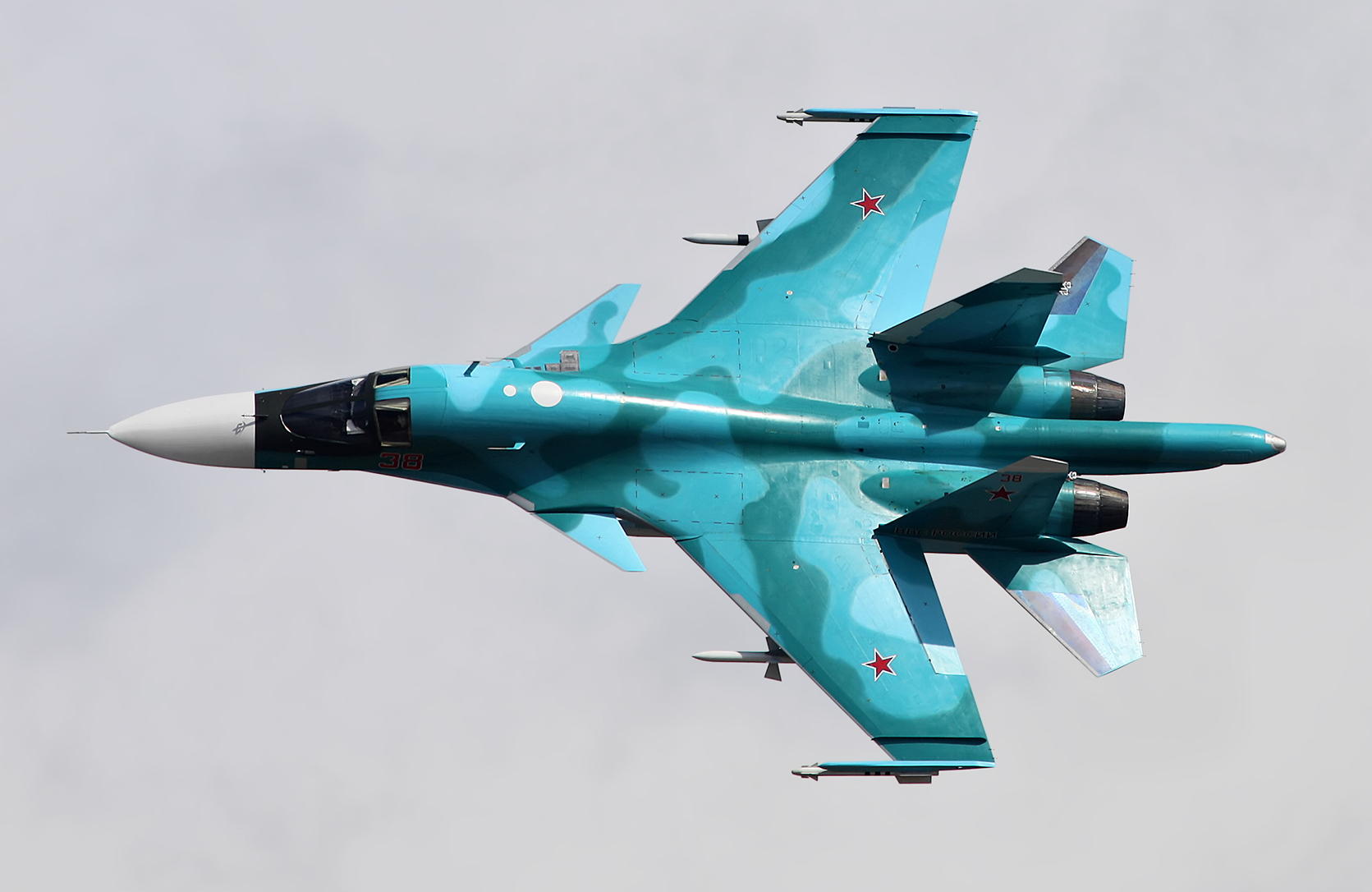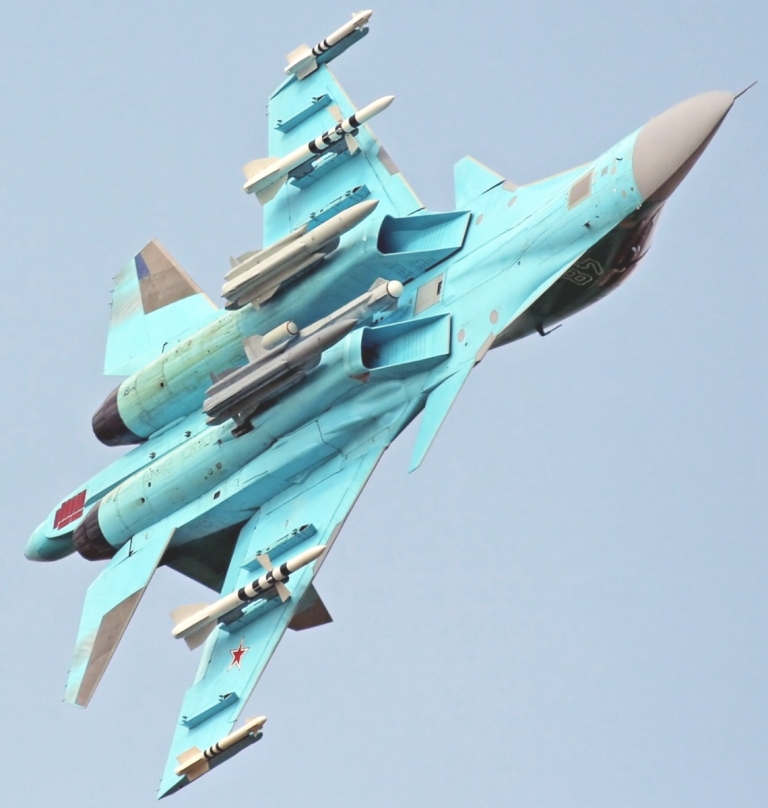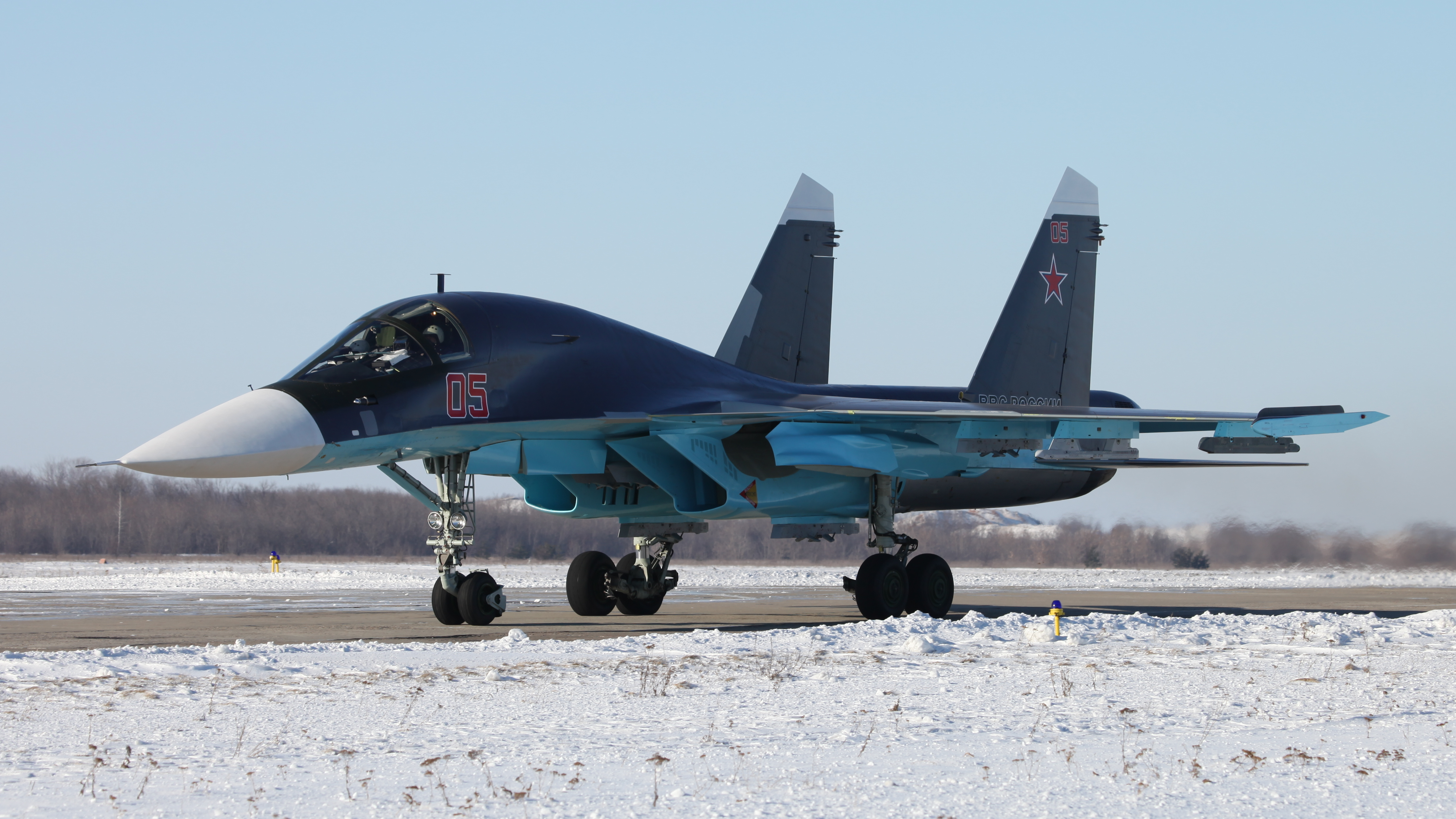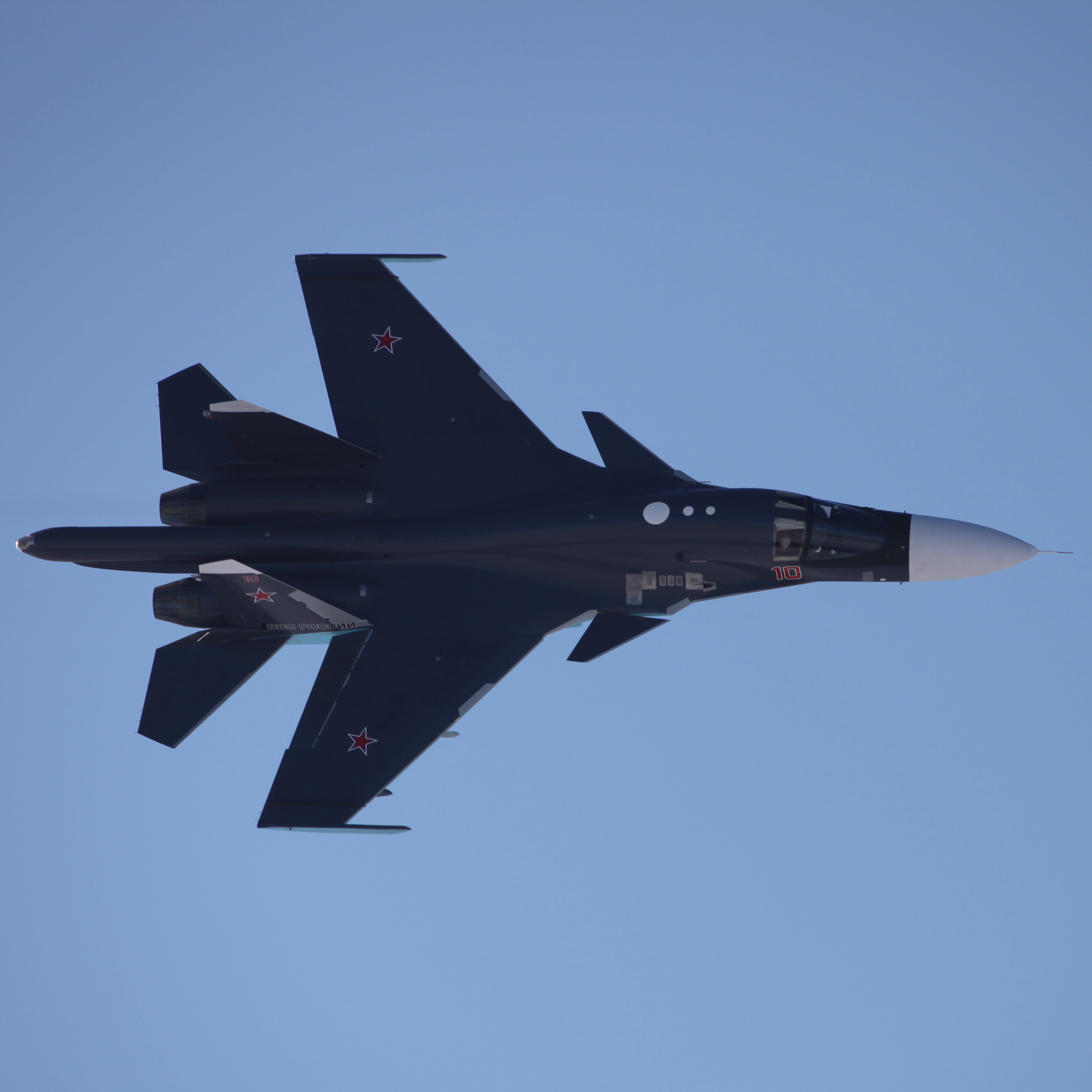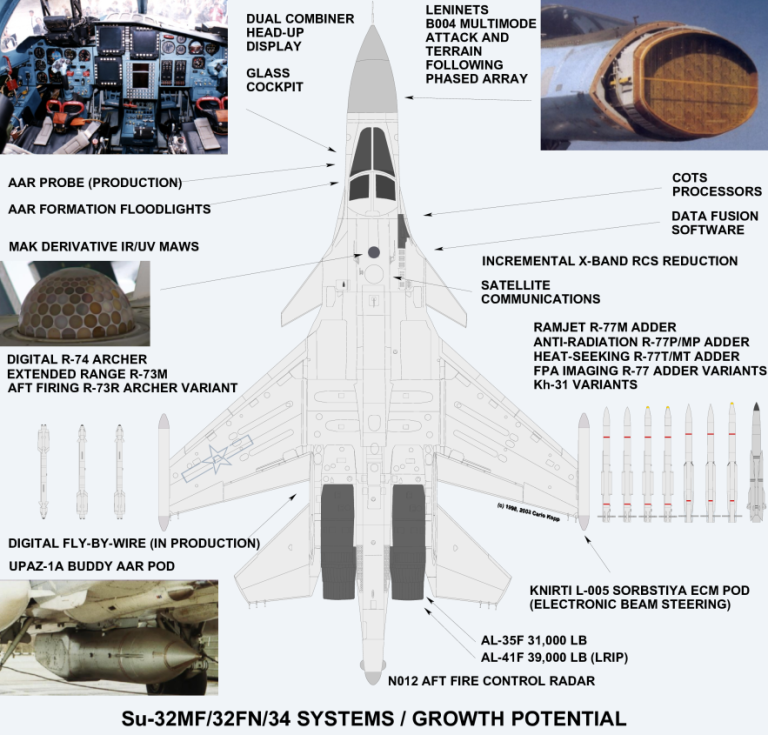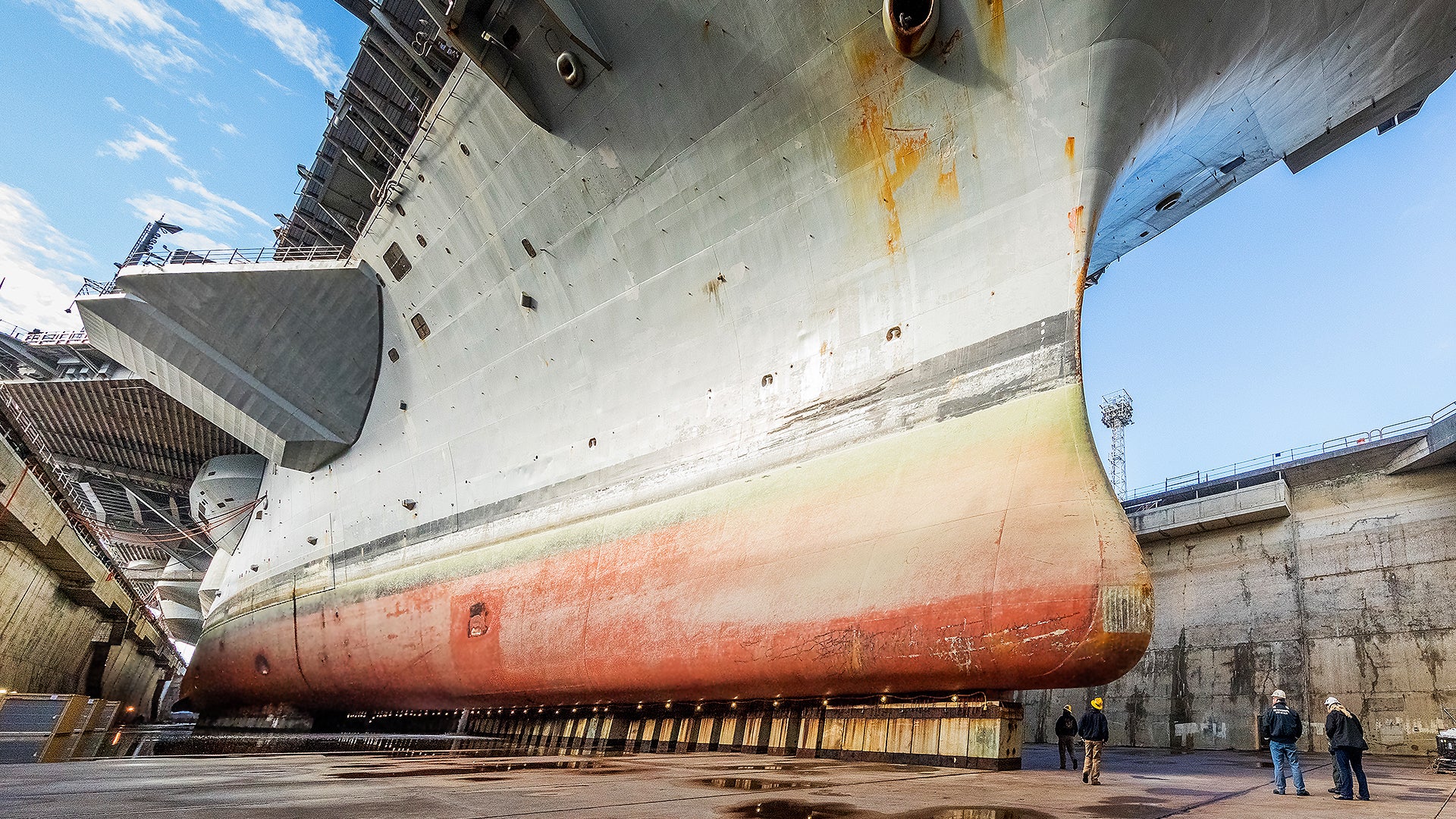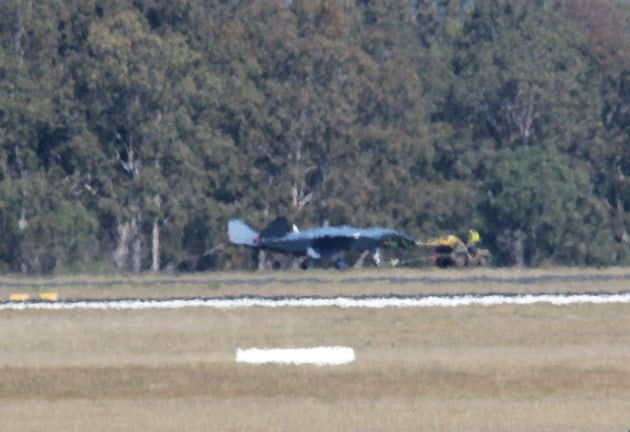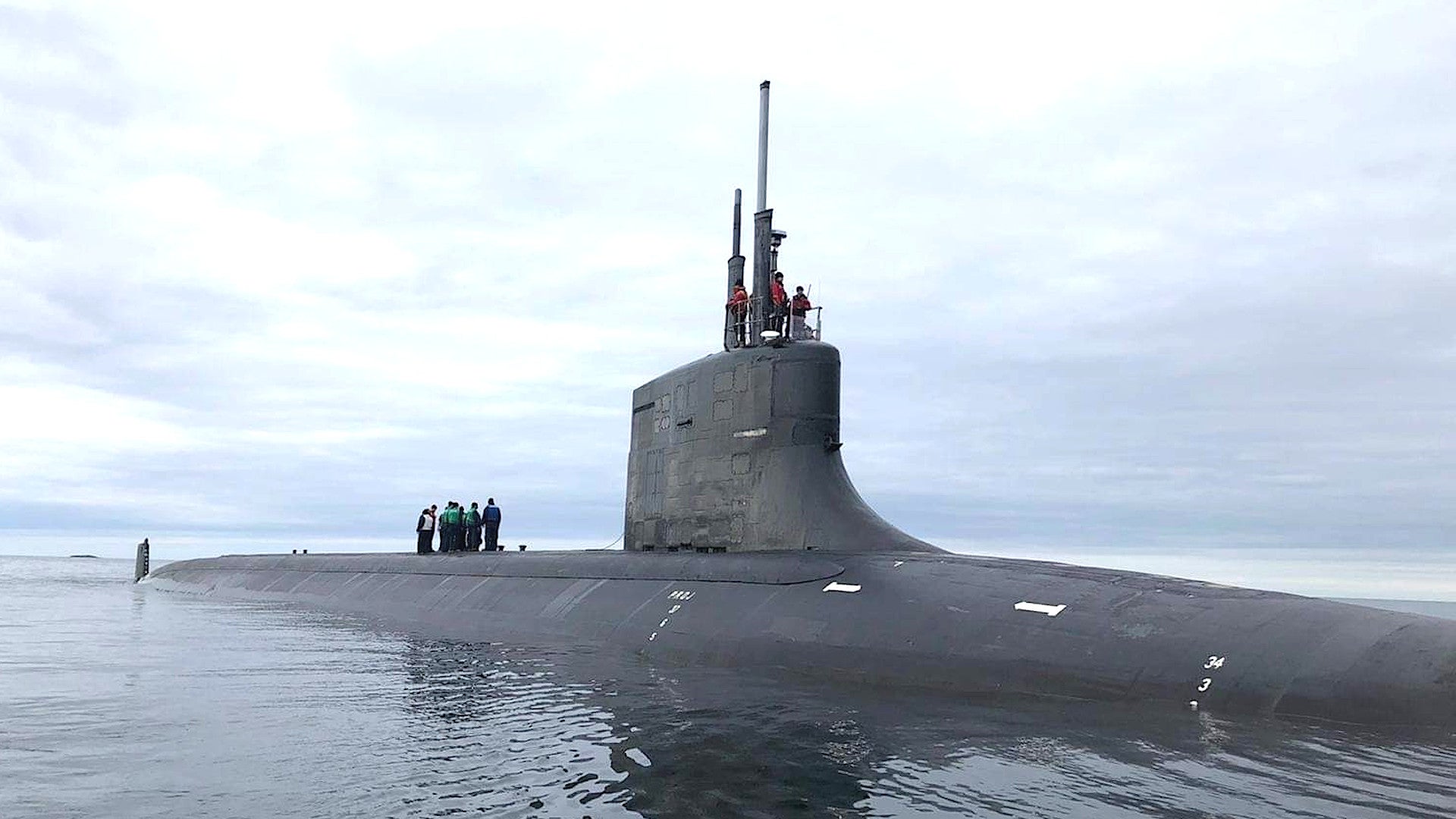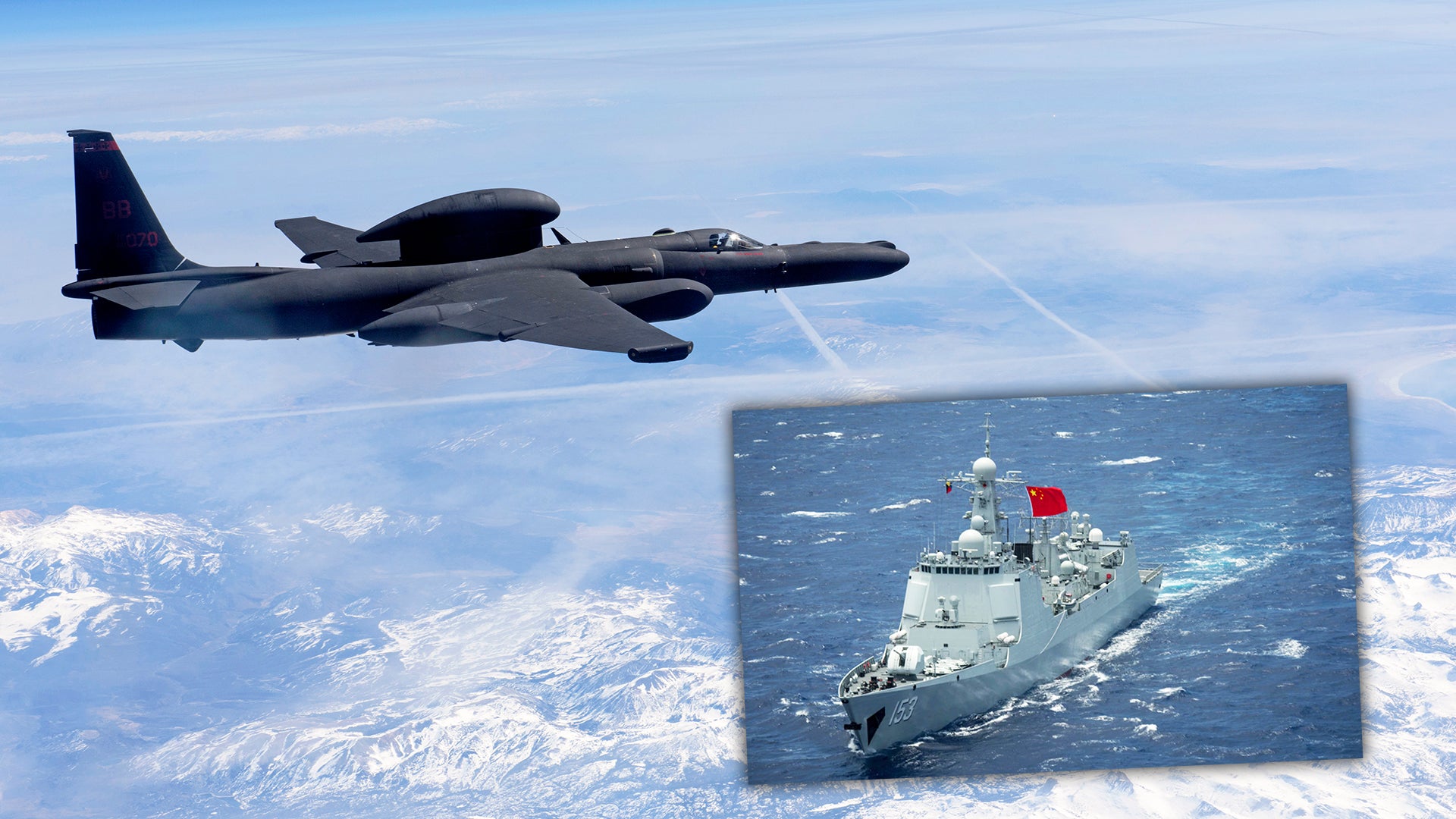Winston
Lorenzo von Matterhorn
- Joined
- Jan 31, 2009
- Messages
- 9,560
- Reaction score
- 1,749
SS-N-8 Sawfly (Р-29). 1970s launch failure.
An extensive Soviet film about the SS-N-8 is found below. Definitely looks like a military film. Shows loading of missile into sub's launch tube and sub launch control section with complete launch process and IN PORT launch (8:35) from flooded launch tube as would be the case if submerged and, no doubt, to prevent exhaust flame damage to launch tube. Salvo launch process starting at 11:36. Google translation of associated text:
The R-29 missile (URAV Navy index: 4K-75, START code: RSM-40, US Defense and NATO code: SS-N-8 Sawfly, English Sawfly) is a Soviet liquid-propellant two-stage ballistic missile of submarines. Developed at the Design Bureau im. V.P. Makeeva. It was put into service in March 1974. As part of the D-9 missile system, it was deployed on 18 Project 667B submarines. In March 1978, a modernized rocket entered service, which received the designation R-29D. The D-9D complex was armed with 4 Project 667BD missile submarines. In accordance with the Russian-American agreements on the reduction of strategic arms, in the 1990s, Project 667B and 667BD submarines were decommissioned, and the R-29 missiles were removed from service.
R-29 / SS-N-8 SAWFLY
https://fas.org/nuke/guide/russia/slbm/r-29.htm
An extensive Soviet film about the SS-N-8 is found below. Definitely looks like a military film. Shows loading of missile into sub's launch tube and sub launch control section with complete launch process and IN PORT launch (8:35) from flooded launch tube as would be the case if submerged and, no doubt, to prevent exhaust flame damage to launch tube. Salvo launch process starting at 11:36. Google translation of associated text:
The R-29 missile (URAV Navy index: 4K-75, START code: RSM-40, US Defense and NATO code: SS-N-8 Sawfly, English Sawfly) is a Soviet liquid-propellant two-stage ballistic missile of submarines. Developed at the Design Bureau im. V.P. Makeeva. It was put into service in March 1974. As part of the D-9 missile system, it was deployed on 18 Project 667B submarines. In March 1978, a modernized rocket entered service, which received the designation R-29D. The D-9D complex was armed with 4 Project 667BD missile submarines. In accordance with the Russian-American agreements on the reduction of strategic arms, in the 1990s, Project 667B and 667BD submarines were decommissioned, and the R-29 missiles were removed from service.
R-29 / SS-N-8 SAWFLY
https://fas.org/nuke/guide/russia/slbm/r-29.htm





